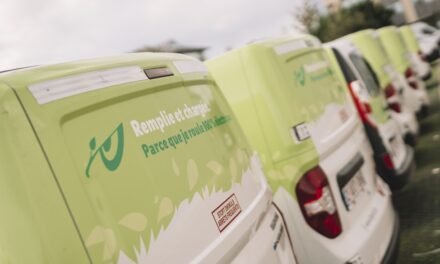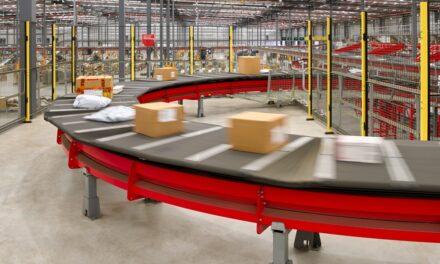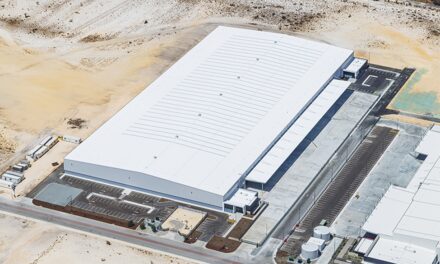
Australia Post – Parcels bring in the cash
AUSTRALIA POST has flagged further investment in its logistics arm to propel its domestic and international expansion.
The parcels and logistics division is now the corporatised entity’s biggest money-spinner, responsible for a big part of the group’s 2006-07 net profit of $400.7 million, a rise of 8.7 per cent on the previous year’s $367.9 million.
Of the pre-tax profit of $561.7 million, parcels and logistics for the second year in a row was the biggest contributor, with $255.9 million. Letters, traditionally the lifeblood of Australia Post, had a pre-tax profit of $160 million, down 8.4 per cent.
Total revenue from the three core businesses – letters, parcels and retail – rose by 4 per cent to a record $4.71 billion.
The postal corporation will pay its shareholder, the Federal Government, a dividend of $296.9 million on top of the $474.9 million it paid in taxes and charges last year.
Australia Post’s chairman, David Mortimer, said cash flow in the business was very strong at $670 million. After the payment of dividends, more than $100 million would be available for investment, particularly in logistics.
“There will be investment in warehousing and electronic systems,” he said.
Parcels and logistics includes not just the sending of parcels: the group is increasingly expanding its broader logistics arm domestically and internationally.
The acquisition of JR Haulage, now rebadged Post Logistics Australia, has given the group a solid domestic platform in traditional logistics.
Growth in domestic parcel volume was due to the boom in online shopping, especially of products such as wine, electronic goods, CDs and DVDs.
Mr Mortimer said the expansion of the parcels service overseas owed a lot to the alliance with postal bodies in China, Hong Kong, Japan, Korea, the United States Britain and Spain.
Australia Post has forged a partnership with China Post called Sai Cheng Logistics, which is a stepping stone to a long-term aim of becoming an “essential partner” in Asia-Pacific logistics.
Mr Mortimer said the China venture was exciting. “But it’s still modest. We have to get the fundamentals right first before we expand,” he said.
The volume of domestic letters rose by 1.9 per cent, an extra 93.1 million letters. Mr Mortimer said the number of personal and business letters had fallen, with the broader rise driven by direct and unaddressed mail (such as advertising material), up 8 per cent and 11.4 per cent respectively.
Pre-tax profit from the retail network – 4449 postal outlets, including 2553 in rural locations – was a flat $86.6 million, with identity services, including passports and licences, a new and growing income source.











